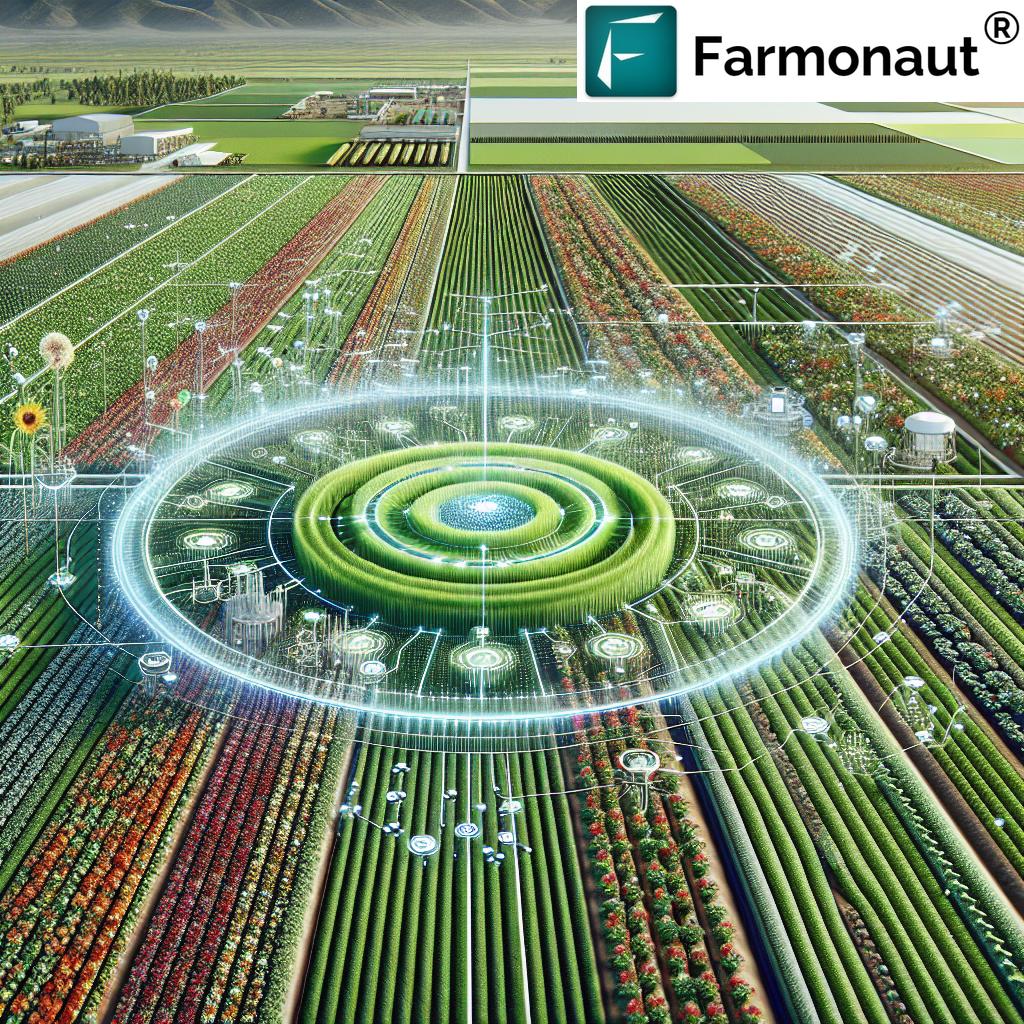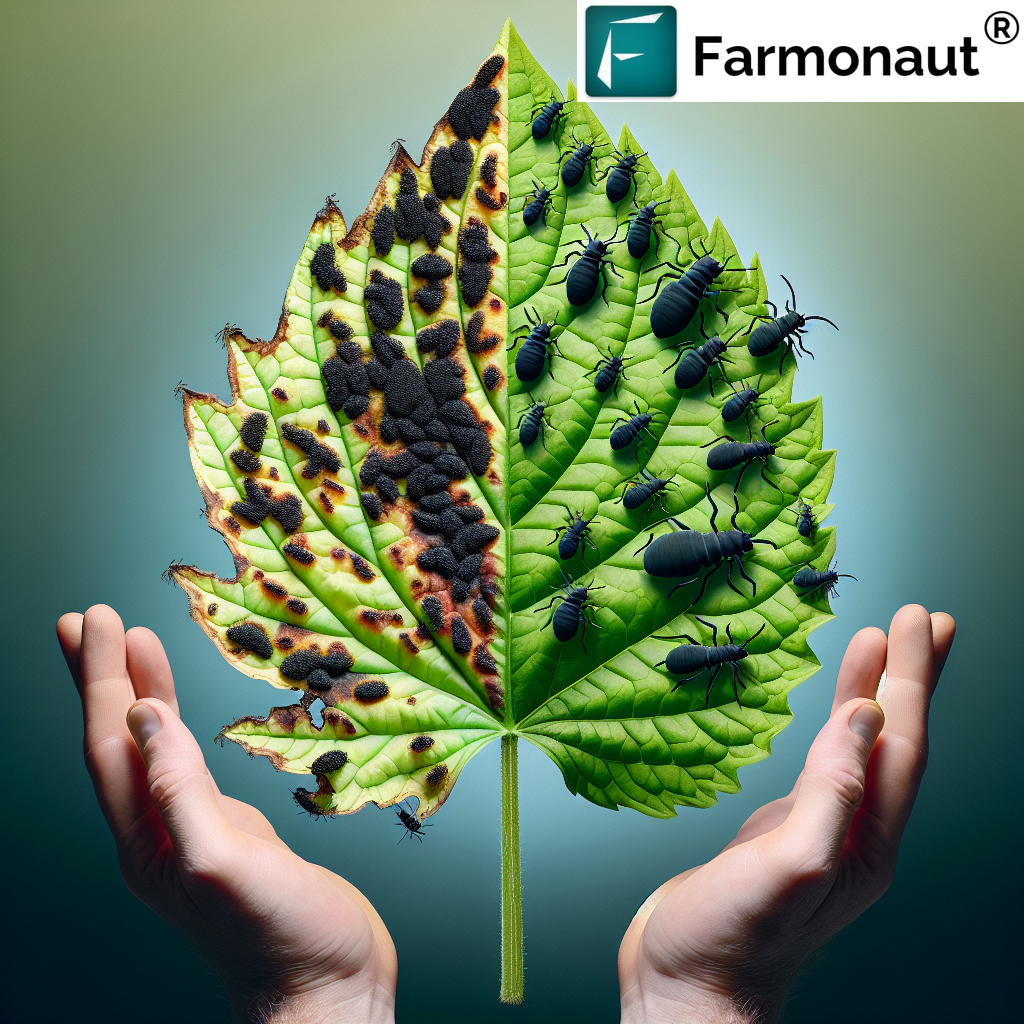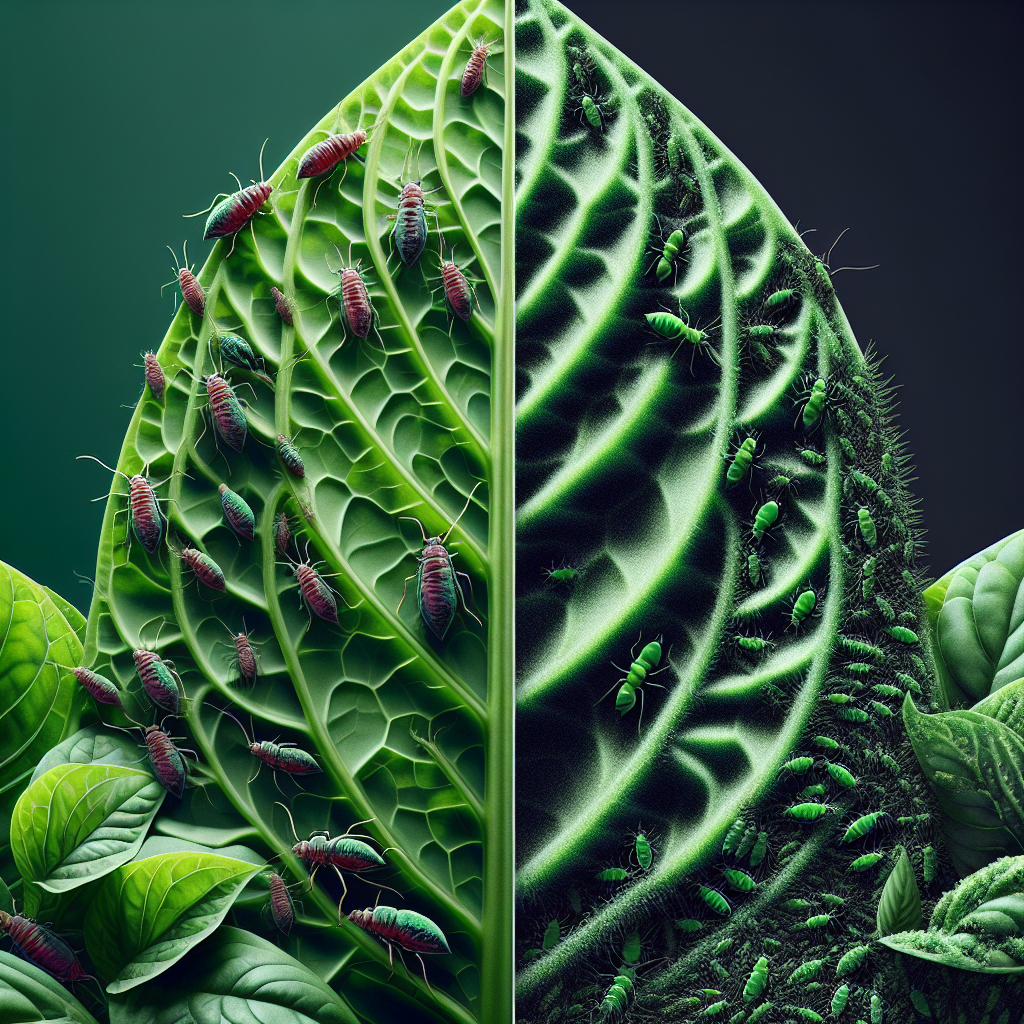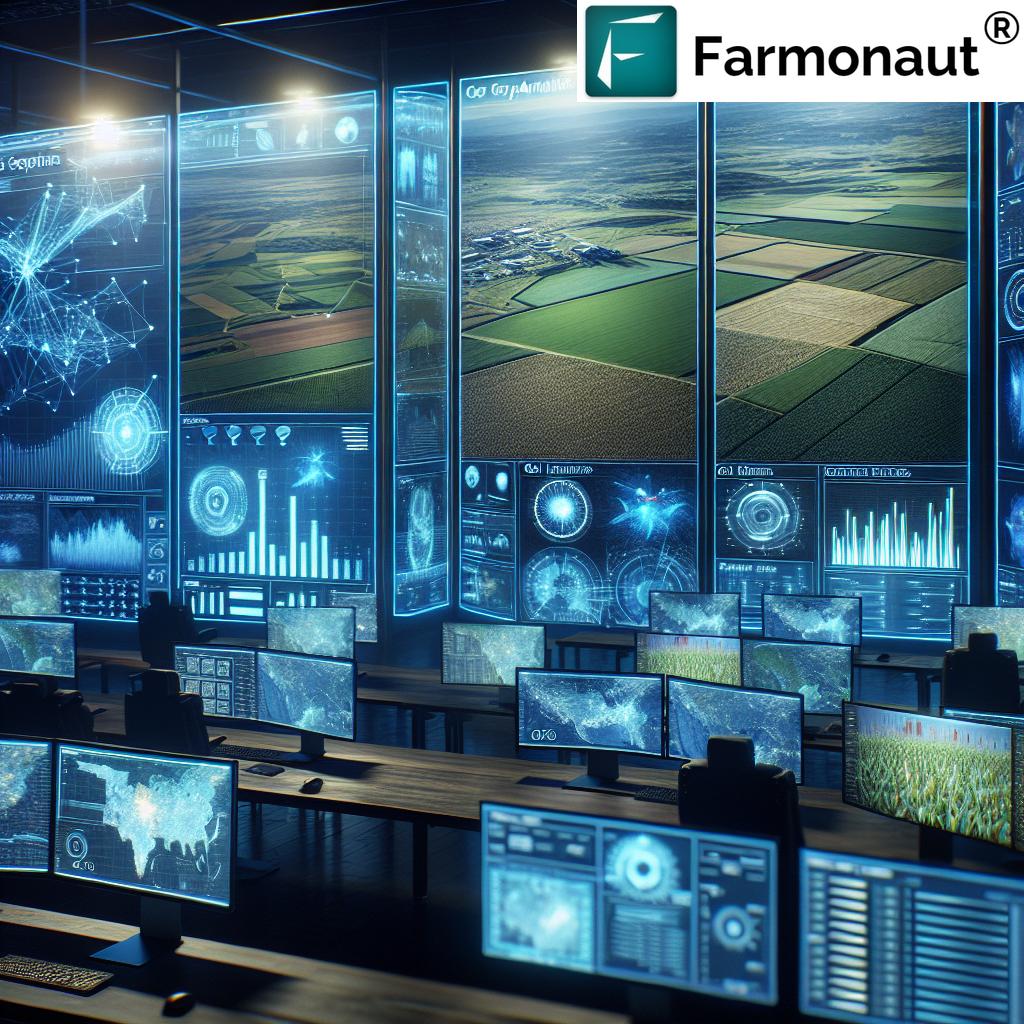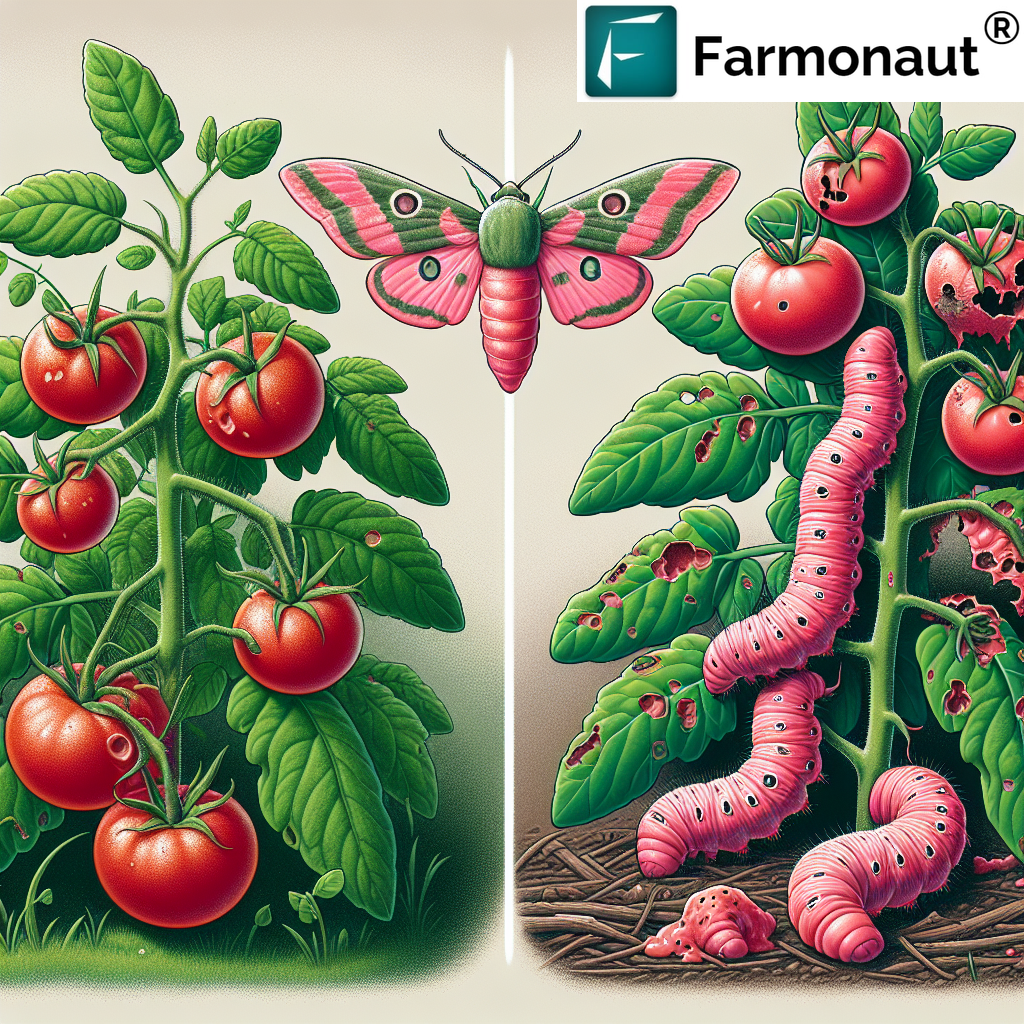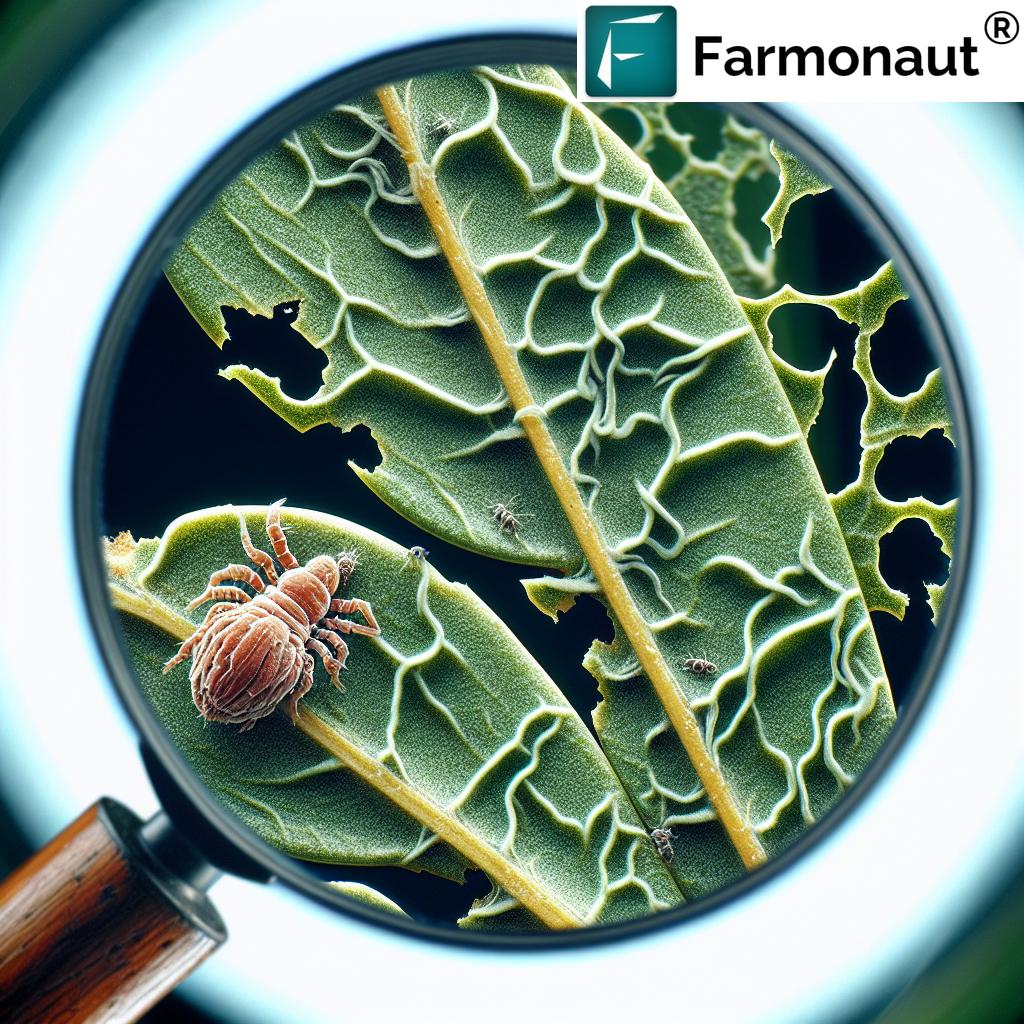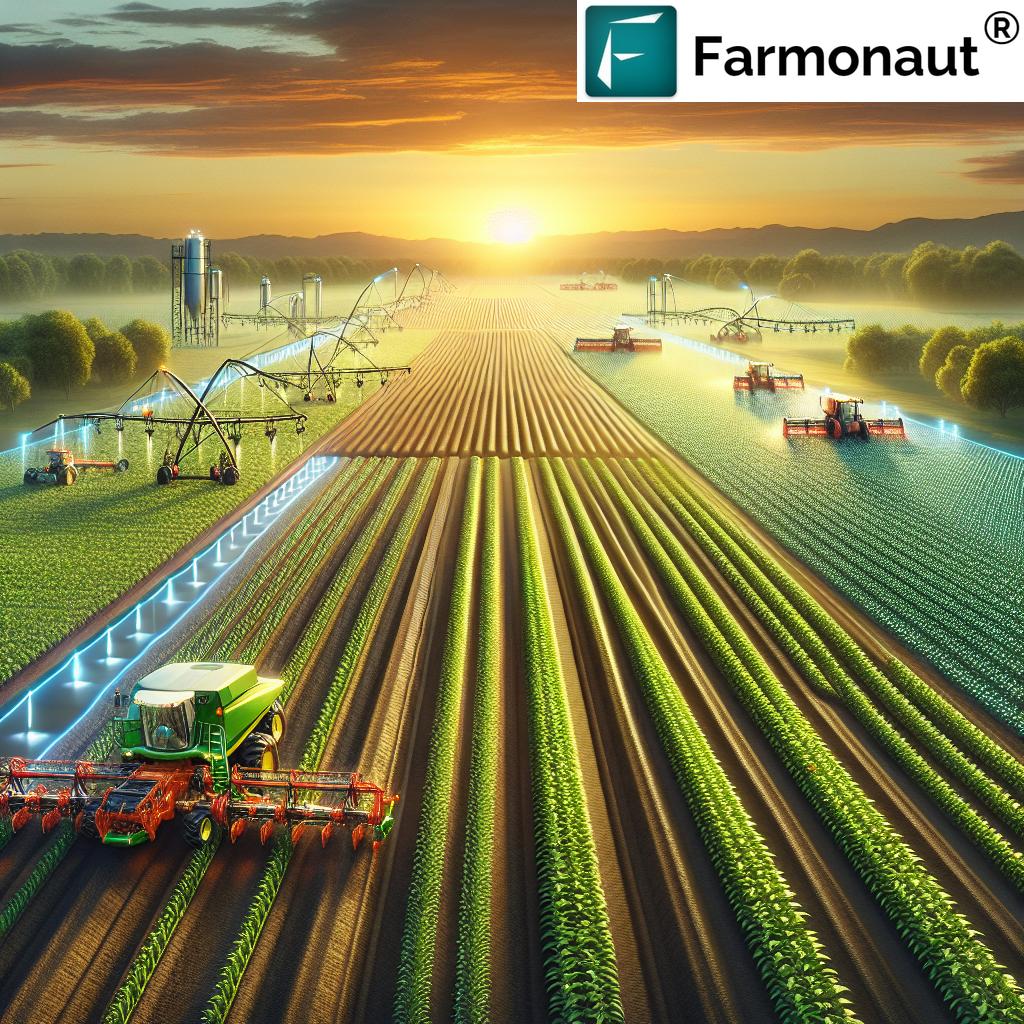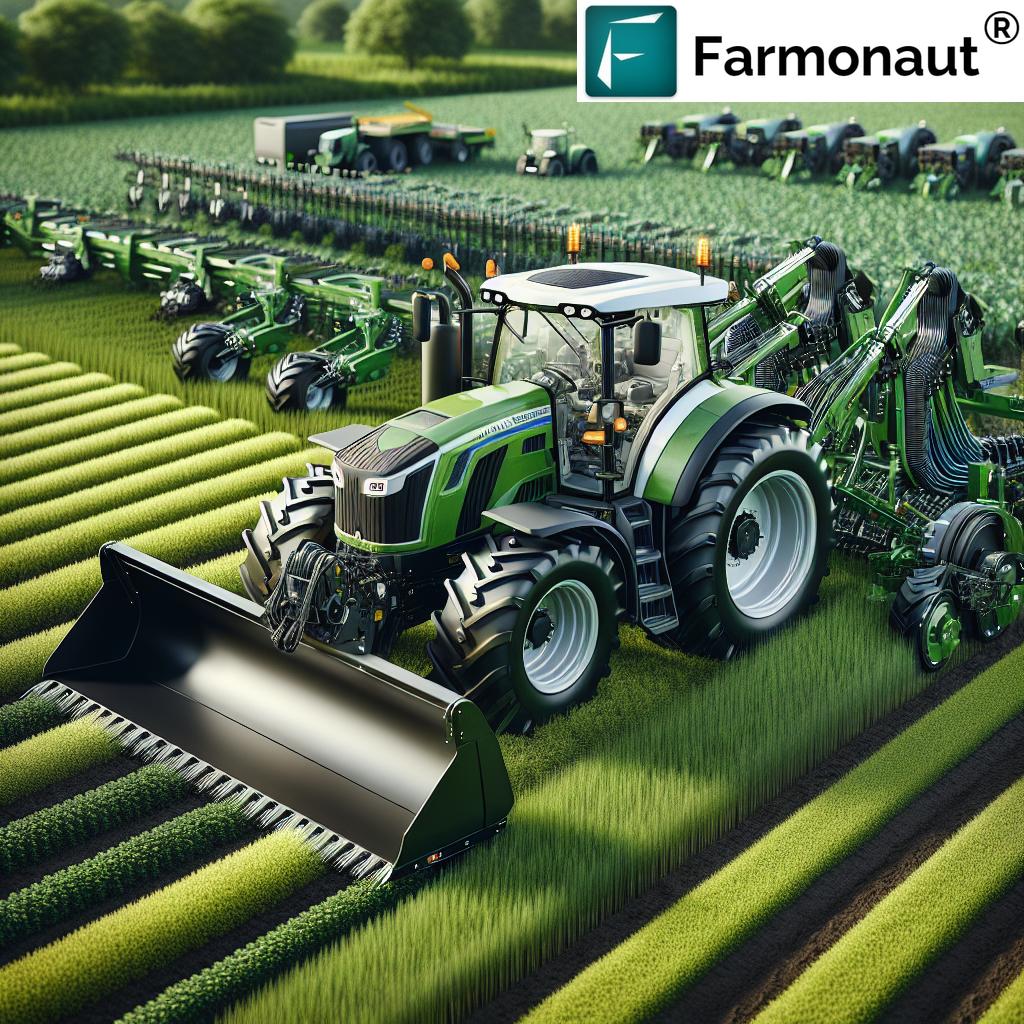7 Shocking Precision Farming Systems for Huge Yields
Precision farming—also known as precision agriculture—has emerged as the driving force in transforming how the world’s farmers produce food. With the rising need to optimize yields, cut operational costs, and minimize environmental impact, innovative approaches leveraging advanced technologies and data-driven farming insights have become indispensable.
In this comprehensive guide, we will explore the seven most shocking precision farming systems that are redefining modern agriculture. These range from automated farming equipment, variable rate technology (VRT), and smart irrigation systems to AI in crop management and agricultural drones and remote sensing. Together, these systems are not only maximizing efficiency and growth but also driving sustainability and profitability for farmers.
“AI-driven precision farming can increase crop yields by up to 30% compared to traditional methods.”
Let’s unveil each of these shocking systems, discover how they work, and learn how platforms like Farmonaut are accelerating adoption by making advanced precision agriculture affordable and accessible to all.
The 7 Shocking Precision Farming Systems for Huge Yields
Precision farming systems bring together a blend of technologies, data analytics, and innovative practices to ensure crops achieve optimal growth conditions. Here is how each system supports huge yield improvements while minimizing waste and environmental impact.
-
GPS Guidance and Automated Farming Equipment
The global positioning system (GPS) is at the core of precise navigation on modern farms. When combined with auto-guidance systems, tractors and other agricultural machinery can operate autonomously, reducing overlaps, gaps during planting, fertilizing, and harvesting.
By enhancing efficiency and minimizing labor costs, GPS-equipped machinery not only boosts productivity but also ensures resources like seeds and fertilizers are applied exactly where needed.- Reduces wasted inputs and ensures uniform growth
- Improves seedbed preparation, fertilization, and harvest timing
- Supports labor-saving automation across field operations
-
Variable Rate Technology (VRT) for Inputs Application
Variable rate technology (VRT) is revolutionizing the way inputs—like fertilizers, seeds, and pesticides—are applied in the field. VRT analyzes soil and crop data to adjust the amount applied in different zones. This ensures optimal conditions for each area, prevents over-application, and helps reduce input costs significantly.
- Drives 20%-30% fertilizer savings by targeting areas of genuine need
- Prevents nutrient runoff and soil contamination
- Supports a more sustainable farming approach
-
Agricultural Drones and Remote Sensing
Drones and satellite imagery offer aerial field views for remote sensing. These powerful systems help detect pest infestations, nutrient deficiencies, and water stress early in the growing season. Timely insights allow us to address issues before they escalate, resulting in better crop health and higher yields.
- Rapidly covers large field areas for comprehensive crop monitoring
- Facilitates precision spraying and disease detection
- Integrates with platforms like Farmonaut for data-driven decision-making
-
AI in Crop Management and Machine Learning
AI in crop management goes beyond simple automation—using artificial intelligence and machine learning to analyze complex datasets, predict weather, identify pest risks, and recommend optimal planting windows. AI-powered systems empower us to make informed choices, maximizing efficiency, yield, and profitability.
- Forecasts disease outbreaks, rainfall events, and market prices
- Enhances crop planning and input scheduling
- Delivers actionable insights on-the-go
-
IoT in Agriculture and Real-Time Sensors
IoT in agriculture deploys connected sensors throughout the farm. These devices provide real-time data on soil moisture levels, weather, and equipment performance. Combined with automated software, IoT enables smart irrigation systems and machinery maintenance alerts.
- Achieves up to 25% water savings via optimized irrigation
- Directs inputs only where needed based on current field conditions
- Reduces manual labor and error
-
Advanced Resource and Fleet Management
Modern fleet management systems in agriculture harness data to coordinate machinery use, optimize fuel consumption, and minimize operational costs. Resource management tools make sure every input—from water to fuel to labor—is efficiently allocated, reducing waste and maximizing productivity.
- Automated scheduling of tasks and equipment usage
- Improves logistics for large-scale farm management
- Reduces carbon footprint and environmental impact (Learn about Carbon Footprinting Tools)
-
Blockchain-Based Traceability Solutions
With global markets and regulations demanding transparency, blockchain-based traceability in precision agriculture secures supply chain information, records every stage from seeding to harvest and transport, and guarantees product authenticity.
- Boosts consumer trust and prevents fraud
- Essential for crop loan and insurance verification (Crop Loan and Insurance)
- Drives sustainability with transparent data (Explore Traceability Solutions)
“Variable rate technology reduces fertilizer use by as much as 20%, optimizing both costs and environmental impact.”
Comparative Features & Outcomes Table
*Lower environmental impact = greater resource optimization, reduced chemical and water waste; yield/cost data varies by crop, geography, and system integration.
Core Technologies Behind Precision Farming
The impact of precision farming is powered by synergistic advanced technologies—turning traditional agriculture into a responsive, efficient, and sustainable system. Let’s break down the major technologies driving precision agriculture.
- GPS & Auto-Guidance: For precise navigation and autonomous equipment operation
- Variable Rate Technology (VRT): For targeted application of inputs
- Remote Sensing & Drones: For real-time monitoring and timely intervention
- AI & Machine Learning: Unlocking complex data-driven insights, predicting trends, enhancing management
- IoT Devices: Facilitating smart irrigation systems and equipment monitoring
- Blockchain: Enabling supply chain traceability and product authenticity
How Farmonaut Makes Precision Agriculture Accessible
As precision agriculture rapidly evolves, accessibility and affordability are key to mass adoption. Farmonaut is democratizing precision farming by:
- Leveraging satellite imagery (including multispectral NDVI) to provide actionable, field-level insights on crop health, soil moisture, and more—eliminating the need for expensive hardware.
- Supporting AI-based advisory systems like Jeevn AI that deliver real-time, personalized recommendations to farmers for smarter management.
- Offering blockchain-based traceability to ensure every product’s journey is secure, transparent, and fraud-resistant.
- Supplying resource management tools for fleet optimization (Fleet Management Module) and input allocation, cutting down on waste and ensuring maximum output.
- Providing a carbon footprint tracking tool (Carbon Footprinting) for monitoring emissions and compliance across farm operations.
- Enabling banks and insurers to verify crop loans and insurance instantly via satellite-backed reporting (Satellite Crop Verification).
- Supporting large operations with an Agro Admin App (Learn about Large-Scale Farm Management).
- Making all features available across Web, Android, iOS, and API—so every stakeholder can access critical insights from anywhere.
- API Access: Seamless integration of Farmonaut’s satellite and weather data for apps and research (Farmonaut API, API Developer Docs)
This modular, scalable platform ensures that anyone—from smallholders to agribusiness managers—can optimize yields, reduce costs, and enhance sustainability without breaking the bank.
Key Benefits of Precision Farming Systems
Let’s summarize the core benefits that the seven precision farming systems unlock for our agricultural operations:
- Yield Enhancement: Precision farming maximizes every seed’s potential by ensuring optimal growing conditions and rapid, targeted response to threats.
- Efficient Resource Usage: From variable rate applications to intelligent irrigation, these systems focus resources exactly where, when, and in the quantity they’re needed.
- Cost Reduction: Savings accrue from reduced fertilizer, pesticides, and water use, plus minimized labor and fuel spend.
- Environmental Sustainability: By limiting chemical waste and excessive resource consumption, we lessen our environmental footprint.
- Data-Driven Decisions: Real-time field data, predictive modeling, and machine learning replace guesswork with precision.
- Risk Mitigation: Early warnings and scenario planning reduce crop failure risk from pests, diseases, or adverse weather.
Challenges and Solutions in Precision Agriculture Adoption
While the benefits are compelling, adopting precision farming isn’t always straightforward, especially for small and mid-size farms. Here are the typical challenges—and how affordable technology like Farmonaut addresses them:
- High Initial Investment: Many traditional systems require costly sensors and machinery. Solutions like Farmonaut use satellite data and cloud-based software, reducing the upfront spend for farmers.
- Technical Complexity: Advanced technologies can be difficult to master. Farmonaut prioritizes intuitive interfaces and comprehensive support, ensuring users of all skill levels benefit from automation and advanced insights.
- Data Management: Large-scale data collection can overwhelm farm teams. AI-powered automation and robust analytics tools process, filter, and present only the most relevant and actionable data.
- Network Connectivity: For IoT on remote sites, satellite-based insights and mobile-friendly apps ensure access even in low-connectivity areas.
- Affordability & Scalability: Subscription models and API integration (Farmonaut API) help us pay only for what we need, with the option to scale as our farm grows.
Shaping the Future: What’s Next in Precision Agriculture?
The future of precision farming is closely linked to continuous technological advancements, more powerful AI and machine learning algorithms, and growing public and private sector commitment to sustainable farming technologies.
- Hyper-Localized Recommendations: Apps like Farmonaut will harness AI and weather modeling to customize advice down to the plot and plant level.
- Automated Everything: Next-generation autonomous tractors, drones, and irrigation linked to real-time sensor data will further decrease manual workload and increase ROI.
- Data Interoperability: APIs will make it easier for devices, platforms, and research bodies to share and leverage agricultural data for faster innovation.
- Scaling Sustainability: Features like carbon footprint tracking will become essential for regulatory compliance and market positioning as sustainability takes center stage.
Frequently Asked Questions
- What is the definition of precision farming?
-
Precision farming (or precision agriculture) is a data-driven approach that integrates advanced technology including GPS, sensors, drones, and AI to monitor, control, and optimize farming operations on a field-by-field (or even plant-by-plant) basis.
- How does satellite-based monitoring support yield increases?
-
Satellite-based platforms, such as Farmonaut, monitor crop health, soil moisture, and field stressors from space, enabling farmers to take timely action for optimal yield and resource conservation.
- Why is variable rate technology (VRT) critical for sustainable farming?
-
VRT ensures that fertilizers, water, and pesticides are applied at different rates across a field as needed, reducing environmental impact by preventing over-application and minimizing waste.
- What is the role of IoT in agriculture?
-
IoT devices gather real-time data about soil, water, weather, and equipment. This data feeds automated farming systems to remotely control irrigation, inputs, and machinery operations, boosting both yields and efficiency.
- How does traceability benefit farmers and consumers?
-
Blockchain-based traceability solutions record every transaction and field activity securely, helping farmers prove crop authenticity and consumers verify product sources—building trust and unlocking new markets.
- How can a farmer get started with Farmonaut?
-
Registration is possible via web, mobile app (Android & iOS), or API. Farmonaut offers flexible subscription options so you can monitor your fields in real time and start benefiting from precision agriculture without high upfront investment.
Get Started: Affordable Farmonaut Subscriptions
Ready to optimize your yields, reduce costs, and ensure sustainability? Farmonaut offers subscription-based services that are scalable, efficient, and affordable for farmers, agribusinesses, and institutions worldwide. Choose the subscription that fits your needs:
Conclusion
The landscape of agriculture is being rapidly redefined by precision farming systems—innovative, technology-backed frameworks that optimize crop performance, lower costs, and enhance sustainability. By adopting solutions powered by variable rate technology, IoT, AI in crop management, and data-driven insights, we empower ourselves to grow more with less, respond proactively to challenges, and secure a sustainable future for farming.
Platforms such as Farmonaut are making this transformation accessible and affordable for all—offering satellite-based monitoring, AI-driven advisories, resource management, traceability, and more across any device, for farms of all sizes. The future of agriculture is digital, sustainable, and powered by precision, innovation, and intelligence. Let’s embrace it for our farms, our food, and our planet.
Ready to join the revolution? Try Farmonaut now and experience the powerful synergy of technology and agriculture, or explore our API for seamless data integration and field management.



